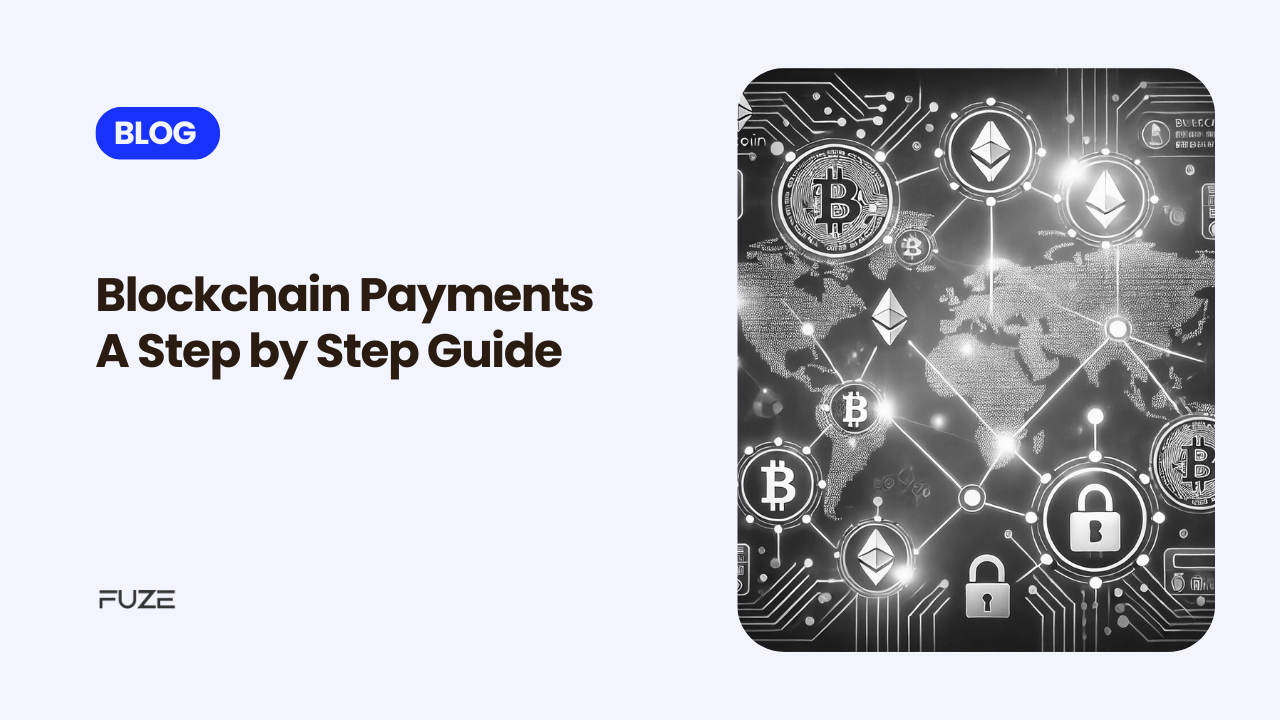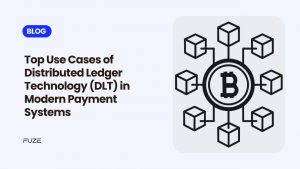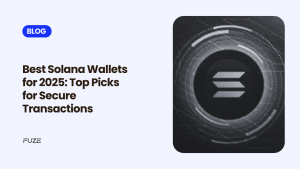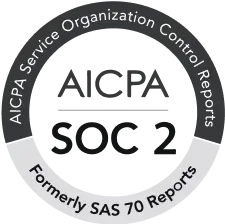10,000 Bitcoins for two pizzas. That was the first ever recorded transaction conducted using blockchain technology. Fourteen years later, blockchain payments are being used for everything from international business payments to in-game transactions using NFTs.
In this step-by-step guide, let’s look at how businesses can set up the infrastructure for blockchain payments.
Understanding blockchain payments
Before delving into the process, it’s essential to grasp the fundamental concepts of blockchain payments. Blockchain is a distributed ledger technology that records transactions securely and transparently. When you use blockchain for payments, you’re essentially transferring value directly from one party to another without intermediaries like banks.
Imagine blockchain as a digital ledger, a public record of all transactions. When you want to send cryptocurrency, here’s what happens:
- Broadcast: You send a request to the blockchain network, specifying the amount you want to send and the recipient’s address.
- Verification: Network nodes, or computers participating in the blockchain, validate your transaction by comparing it to the blockchain’s existing records.
- Mempool: If the transaction is valid, it’s added to a pool of pending transactions called the mempool.
- Mining: Miners, powerful computers that solve complex mathematical problems, compete to add the next block of transactions to the blockchain. The winner receives a reward in cryptocurrency.
- Confirmation: Once a block is added, all network nodes verify and agree on the new state of the blockchain. This confirms your transaction.

Important terminologies
Distributed Ledger Technology (DLT) is the underlying infrastructure that powers blockchains. Imagine it as a digital ledger shared by multiple parties. This decentralized approach eliminates the need for a central authority, making transactions more secure and transparent.
Blockchain, on the other hand, is a specific type of DLT. It uses cryptographic hashing and consensus mechanisms to create a chain of blocks, each containing a record of transactions. Think of it as a digital ledger that keeps track of every transaction ever made on a cryptocurrency network. Bitcoin, Ethereum, and Solana are examples of blockchains.
Cryptocurrencies are digital currencies that operate on blockchain networks. They are not backed by a government or central bank, and their value is determined by market forces. Examples of cryptocurrencies include Bitcoin (BTC) and Ethereum (ETH).
When you own cryptocurrency, you essentially own a digital address on the blockchain. This address records your balance, allowing you to send, receive, and store the cryptocurrency.
Miners and nodes: The backbone
Imagine a blockchain network as a vast, interconnected web of computers. Each computer participating in the network is called a node. These nodes work together to verify and secure transactions.
Miners are special types of nodes that contribute significant computing power to the network. They are responsible for solving complex mathematical puzzles, known as mining, to validate new transactions and create new blocks on the blockchain. In return for their efforts, miners are rewarded with newly minted cryptocurrencies and transaction fees.
There are two main consensus mechanisms used in blockchain networks:
- Proof of Work (PoW): In PoW systems like Bitcoin, Litecoin, and Dogecoin, miners compete to solve a cryptographic puzzle. The first miner to solve the puzzle wins the right to add a new block to the blockchain and is rewarded with cryptocurrency.
- Proof of Stake (PoS): In PoS systems like Ethereum 2.0, Cardano, Solana, and Tezos, miners (also known as validators) stake a certain amount of cryptocurrency to participate in the network. A validator is randomly selected to create the next block based on the amount of cryptocurrency they have staked.
Wallets, addresses, and keys
Cryptocurrency wallets are digital tools that store your public and private keys, which are essential for accessing and managing your cryptocurrencies. Think of them as digital bank accounts for your crypto assets. On a blockchain, transactions are conducted using public addresses. Think of a public address as your digital wallet address. It’s a unique string of characters that allows others to send you cryptocurrency.
To access your funds and send transactions, you need a private key. This is a secret code that acts as the password to your wallet. It’s crucial to keep your private key secure, as anyone who has access to it can control the funds associated with the corresponding public address.Think of the private key as the password that grants you access to your digital wallet.
There are two main types of cryptocurrency wallets:
- Custodial wallets: These wallets are managed by a third party, such as a cryptocurrency exchange. While custodial wallets offer convenience, you don’t have full control over your private keys. This means the exchange ultimately owns your crypto assets.
- Non-custodial wallets: With non-custodial wallets, you have complete control over your private keys. This gives you full ownership of your crypto assets, but it also means you’re responsible for securing your funds.
Wallets can also be classified as hot or cold. Hot wallets are accessible online, making them convenient for daily transactions. However, they are more susceptible to hacking and other security threats. Cold wallets are physical devices that store your private keys offline. They are generally more secure but can be less convenient to use.
Choosing the right wallet
The best wallet for you depends on your specific needs and risk tolerance. If you’re looking for convenience and ease of use, a custodial wallet might be a good option. However, if you prioritize security and control over your funds, a non-custodial wallet is recommended.
Consider using a combination of hot and cold wallets. You can store the majority of your funds in a cold wallet for long-term savings and use a hot wallet for daily transactions. This approach can help you balance convenience and security.
Payment gateways: The bridge in blockchain payments
A payment gateway acts as a bridge between a business and the blockchain network, enabling the seamless acceptance of cryptocurrency payments. It handles the technical complexities of crypto transactions, making it easier for businesses to integrate cryptocurrency payments into their operations.
Fuze has established itself as a reliable and efficient payment gateway in the MENA region. Its user-friendly interface, coupled with its robust features and strong security measures, make it a popular choice for businesses of all sizes. To know more about how Fuze can help you accept blockchain payments and ensure a smooth payment experience for all your customers, talk to us at [email protected]
Disclaimer: Virtual assets carry significant risks, including high volatility and potential loss of your entire investment. They are not backed by governmental protections, and recourse may be limited in case of loss. Always assess your risk tolerance, fully understand the risks, and seek independent financial advice if needed before investing.







